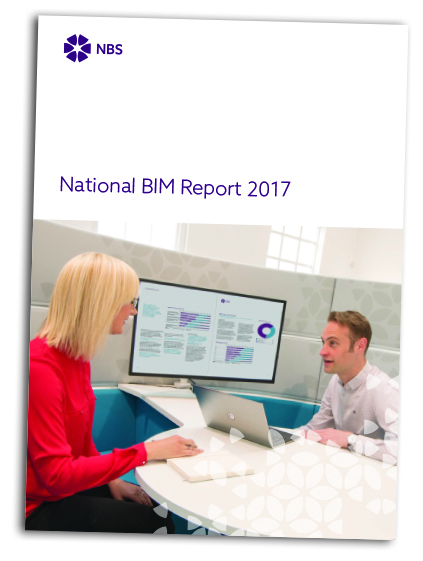A lack of take-up by clients and a failure of government to enforce it are holding back BIM from reaping its full rewards, the latest NBS annual BIM survey has found.

Echoing the results of the survey carried out by BIM+ and Construction Manager earlier this year, 51% of more than 1,000 industry professionals surveyed agreed the government had not lived up to its target of making BIM use a requirement when selecting firms. Only 9% believed it had.
Under the government’s BIM mandate, all public contracts procured by central government departments needed to be BIM Level 2 compliant from April last year. But a third of respondents stated they were not clear on what they had to do to comply with the BIM mandate.
“The majority of government departments are still working out what BIM is and often have poor, uncoordinated documentation,” said one respondent
“A lot of government agencies and bodies have used loopholes in contract forms to get out of mandated BIM requirements.”
At local level, where BIM is not mandated – the respondents said that local authorities did not understand BIM. The picture was no better for clients in the private sector, where 72% said clients in general did not understand the benefits of BIM.
Belief in the industry’s own ability to deliver on the mandate was also low, with only 19% of those polled agreeing that construction had taken up the challenge, compared with half who said it had not.
But other parts of the survey pointed to increased awareness and take-up of BIM in the industry, indicating the government’s BIM policy had nonetheless helped drive increased adoption.
More than six in 10 (62%) respondents now use BIM, up from 54% in last year’s survey. The 8% jump in BIM usage was the biggest recorded by the survey since 2014.
Of those firms that do use BIM, most are convinced of the benefits, with 70% saying BIM will help bring cost reduction, while 60% believe BIM will help save time.
Mark Bew, chair of the government-backed Digital Built Britain programme and chairman of engineering consultancy PCSG, said the survey showed good progress: “The fact that the results [of BIM uptake] are so good means that everyone is making a fantastic effort and we should celebrate that.
The survey also found:
- A majority of respondents (51%) think that the government is on the right track with BIM and awareness is near-universal and adoption is up with growth in the past 12 months being the most rapid since 2014.
- 78% see BIM as the future of project information. There is, however, work to do – 65% said BIM can bring real benefit beyond the design stages but 72% believed clients don’t understand these benefits.
- 60% of respondents think that BIM will help bring time efficiencies, reducing time from inception to completion, 70% believe cost reduction in the design/build/maintain lifecycle will be realised. Those who responded were, however, less convinced on BIM’s ability to reduce greenhouse gas emissions (44% agreed) or improve the trade gap (32% agreed).
- For the first time a majority describe themselves as confident in BIM (55% compared to 35% in 2012) but 90% said BIM adoption requires changes in workflow, practices and procedures.
- Learning from colleagues (75%) and fellow professionals (62%) were cited as key ways people keep skills sharp. Professional bodies and expert organisations, such as NBS, the BIM Task Group, BSI and RIBA, were also deemed significant.
- Thinking about BIM maturity most respondents said that Level 2 was the highest level reached on a project (70%). 7% said they were at BIM Level 3, 22% at Level 1. The survey shows more than three quarters of organisations who have adopted BIM are at or beyond the level required by the BIM mandate.
- Respondents were clear in their demand for manufacturers to provide BIM objects and well-structured generic objects. 45% said they use a BIM object library, 66% create objects as needed and a similar number create objects in-house and re-use them across multiple projects. Placing standards and specifications squarely in the BIM environment via BIM software tools was also seen as key.
Download the full report from https://www.thenbs.com/knowledge/nbs-national-bim-report-2017
Comments
Comments are closed.
















I agree with the content of this article based on personal experience. The issue is that departments do not have access to resources that understand the process and can advise accordingly.
UK Gov would do well to reach out to more consultants for help with procuring projects so they incorporate Level 2. They also need to secure resource to monitor progress so they stay on track.